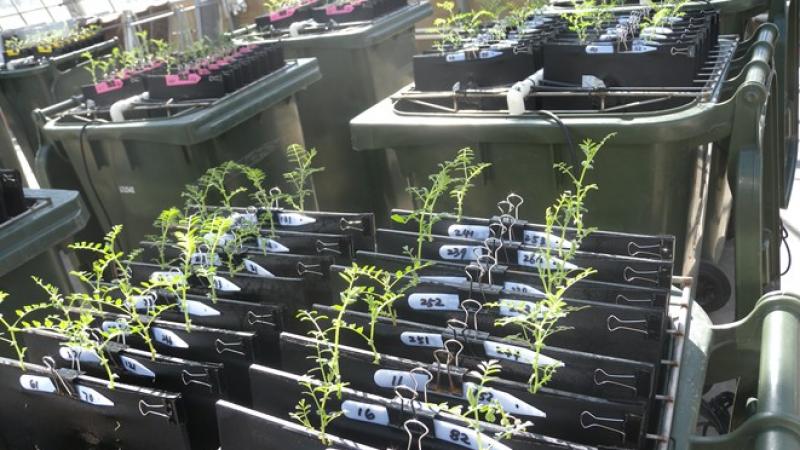Scientists get to the root for developing climate-resilient chickpea

Chickpea is the third most important grain legume (pulses) crop and a major source of nutrition in developing countries across Africa and Asia. With the ability to grow in poor soils, the crop is popular with smallholders, but droughts are a major constraint to its production. Further, climate change is expected to increase the production limitations and uncertainty in yields.
A group of scientists, aiming to breed more robust varieties of chickpea, took the path of roots to breed in traits of climate resilience. Leveraging the variability in root architectural traits across different genotypes can provide crop breeders with the basis for breeding new varieties with suitable root traits that efficiently access soil nutrients and water, and adapt to drought and other stresses.
The scientists from ICARDA and University of Western Australia studied the variability in root architectural traits in a core collection of 270 chickpea genotypes as a first step to screening for adaptive root traits.
As a result of the research, crop breeders for the first time have a set of chickpea genotypes with vastly different root properties that can be used for further studies, ultimately aimed at developing breeding lines with root traits for improved adaptation to specific environments.
Follow-up investigations in glasshouses and field trials will help isolate genes for breeding of improved chickpea varieties with roots that can more efficiently capture water and nutrients from poor and stressed soils.
Globally, drought stress reduces chickpea production by an estimated 33%, of which approximately 19% could potentially be recovered through genetic improvement efforts. The outcomes of this research lay the groundwork for eliminating loss of crop yields by design of efficient root systems.
The findings were published in paper titled, “Characterising root trait variability in chickpea (Cicer arietinum L.) germplasm” in the Journal of Experimental Botany (doi: 10.1093/jxb/erw368 ).
The research was supported by the CGIAR Research Program on Grain Legumes in collaboration with ICARDA.
